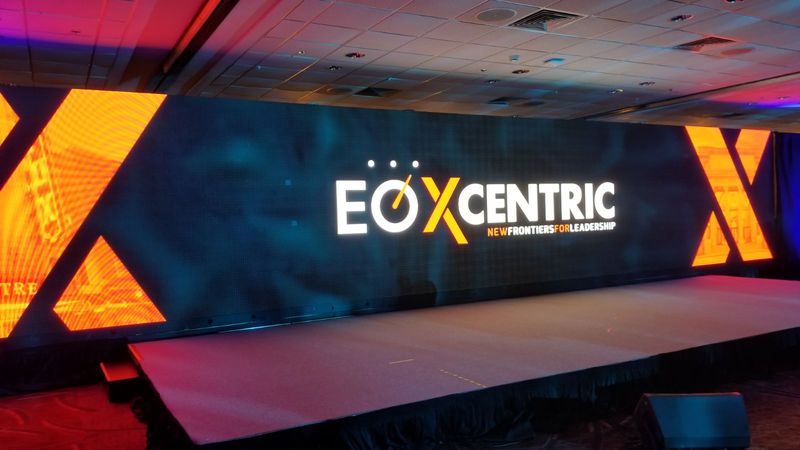Within modern world, display technology plays a crucial role in how we interact with digital content. From televisions to desktop screens, the fidelity of visuals can greatly affect our enjoyment and interpretation of the material. One key element that determines picture quality is the brightness-to-darkness ratio. The black-to-white ratio measures the difference between the darkest and lightest areas of an output. A greater contrast ratio indicates that visuals can reveal more clarity in both dark areas and highlights, making them appear more dynamic and lifelike.
To understand contrast ratios better, it is helpful to comprehend how they are calculated. The ratio is typically represented as two figures, such as 1000:1. This indicates that the lightest white is 1,000 times more luminous than the deepest black. Screens with elevated contrast ratios provide richer blacks and brighter whites, which enhances the overall visual experience. When watching a movie or playing a video game, for example, these differences can create a more immersive environment. Viewers can see details that may be lost in displays with lower contrast ratios.
Different types of display technologies, such as LCD, light-emitting diode, and organic LED, have different contrast ratios. Organic LED panels are known for their excellent contrast because they can turn off individual pixels entirely, producing true black levels. Conversely, conventional liquid crystal displays may struggle to achieve similar levels of darkness due to their backlighting methods. It is essential for buyers to evaluate these variations when choosing a display for their requirements. Grasping how each system manages contrast can greatly impact satisfaction with the product.
Moreover, the significance of brightness ratio extends beyond entertainment; it also influences productivity in professional environments. For tasks demanding detailed visual analysis, such as graphic design or image editing, having a screen with a high contrast ratio allows for greater accuracy and clarity. This means creatives can see subtle details in their artwork or photographs without discomfort. In learning settings, learners benefit from high-quality displays that make educational content more interactive and easier to understand.
In right here conclusion, improving image quality through understanding contrast ratios is essential for anyone using display technology. A higher contrast ratio results in superior image quality by delivering deeper colors and more detail in images. As technology continues to evolve, consumers should remain informed about these specifications to make choices that best suit their preferences and needs. Whether for entertainment or work, being informed try these out about contrast ratios maximizes satisfaction and efficiency in using visual displays.

Comments on “Enhancing Visual Engagement Through the Role of Contrast Dynamics on Screen Clarity in Visualization Systems”